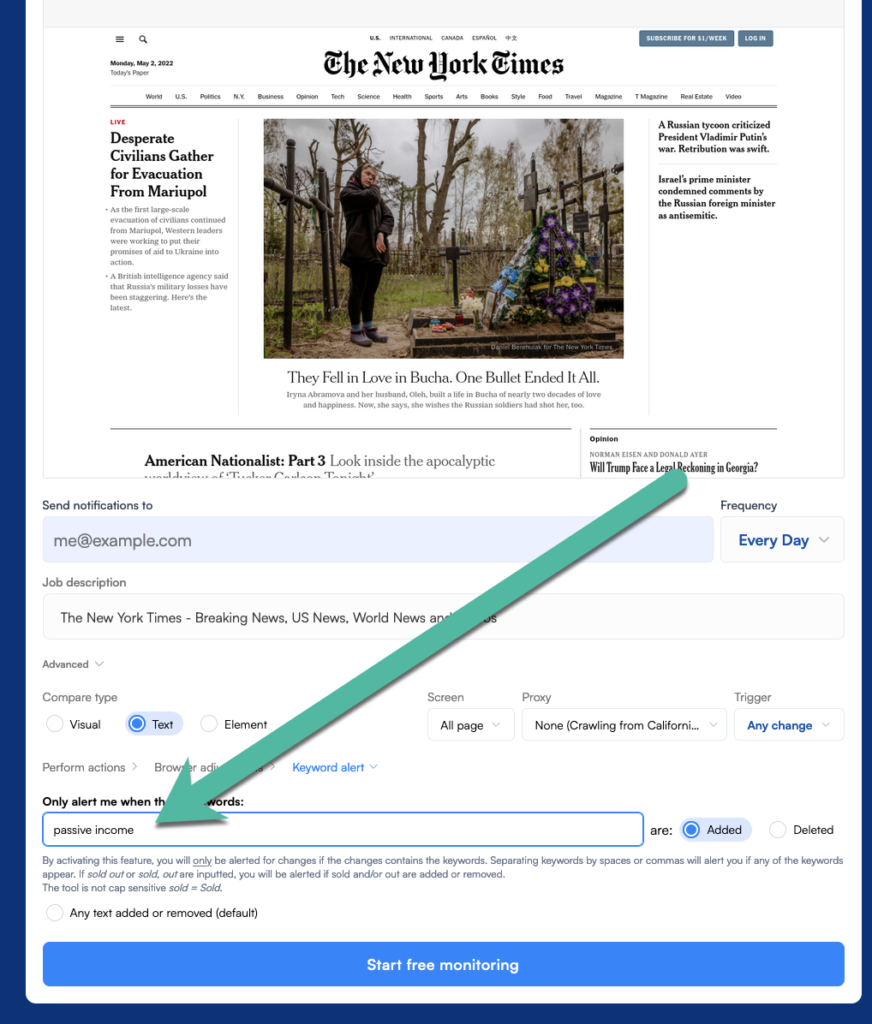Three Steps to a Better Performing Social Selling Strategy
Social media captures attention far and wide, keeping people glued to their phones, laptops, and tablets on a nearly-24/7 basis. We go to our social feeds for entertainment, breaking news, networking opportunities, community events, and — of course — retail inspiration.
That last element is of particular interest to online sellers who are always on the lookout for fresh ways to bring in qualified leads.
Very simply, social selling is using social media to identify and attract potential customers. Find them, engage with them, offer them valuable content, and steadily steer them down the sales funnel until they’re ready to convert. It’s flexible, powerful, and creatively liberating.
Identify (and Value) Your Success Metrics
Social selling can be a drawn-out process of slowly priming a prospect until they’re convinced and eager to buy, and this hugely affects how you need to measure success. Consider that even something as simple as a PPC ad has some depth to it: you have to look at clicks and resulting conversions, but also consider demographic breakdowns, the average cost, and how different ad variants perform.
Now compare that to the near-infinite possibilities of social selling. You can target any set of people at any time using one of many tactics. For instance, you could have some casual conversations on suitable subreddits, give product-related Quora answers to show your expertise, or take to Twitter with some beginner-friendly resources to raise interest in your niche.
The point here is that your ultimate goal (selling more products) will follow very gradually from a wide range of smaller goals, such as earning a click to an introductory guide, getting thanked on Facebook, or winning a mention in an influencer’s product roundup.
Follow a Strict Set of Brand Guidelines
Your social selling efforts will see you communicating with different types of people in different situations across multiple platforms, and the risk of making some kind of faux pas is substantial.
The social media age is very intimidating in this regard, with a lot of people looking for things to get furious about, so I strongly recommend doing the following:
- Steer clear of anything political. Whatever your political opinions may be, don’t let them seep into your social media comments or content. While doing so could win you acclaim, it would also set many people against you. It’s better to avoid it entirely.
- Use links and resources consistently. If you’re sharing one version of a guide on Twitter and another version on Facebook for no clear reason, it will split your traffic and confuse people.
- Choose a tone and stick to it. Are you sassy? Funny? Stoic? Motivational? Whether you’re posting on Instagram or discussing something on LinkedIn, you should maintain a consistent company tone.
Choose Your Tools Carefully
Even small-scale social selling takes a lot of time, so when you ramp things up, you rapidly run into scheduling problems. How can you balance your social selling campaign with the everyday demands of your business? The answer is simple: software tools.
There’s no shortage of options, but something like Awario is a great jumping-off point: it’s essentially a conversation-location tool, rapidly locating mentions of your brand across numerous platforms and channels. And then there’s a tool like Visual Ping, a monitoring platform helping you keep an eye on your niche competitors and trends.

You’ll also want to confirm that your regular online platform will easily integrate with any social apps you deem useful, particularly if you sell through an online store. Both Shopify and WooCommerce will offer this kind of flexibility and access to a wide range of suitable apps through a convenient store.
Finally, Namify will help you create a consistent brand identity across major social selling channels by helping you find a name that is available on those platforms as well as building a logo for you.
Using suitable solutions will allow you to automate certain elements and speed up many others, freeing you up to fulfill your core responsibilities, but some are better than others — or it’s perhaps more accurate to say that some will be better suited to your needs than others. Choose well, and you’ll make the execution of your strategy significantly easier.
A strong amount of your social selling should consist of off-the-cuff interactions: short unplanned exchanges with prospective buyers to provide snippets of information or encouragement. But not the bulk of it. That should go to planned content — long-form pieces of content created to provide value and be easy to distribute through social media.
Having a great large-scale social selling strategy is a difficult task, but following these steps will make it significantly simpler. Remember to listen to people, pay close attention to context, and have fun with it. Good luck!
Image source: Pixabay









